Western Music History – 2 –
The history of Western music is explained.
This blog explains Renaissance.
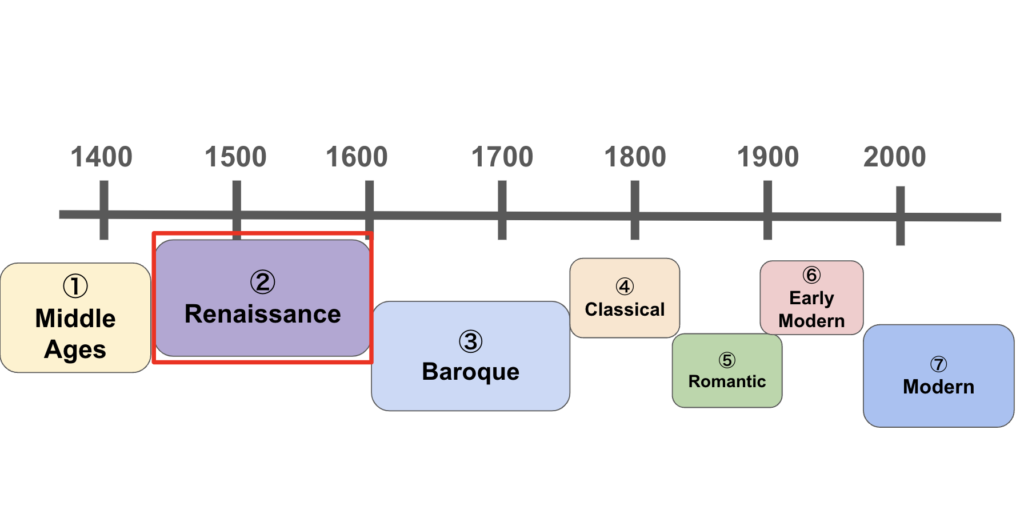
- Middle Ages
- Renaissance
- Baroque
- Classical
- Romance
- Early Modern
- Modern
Renaissance Era
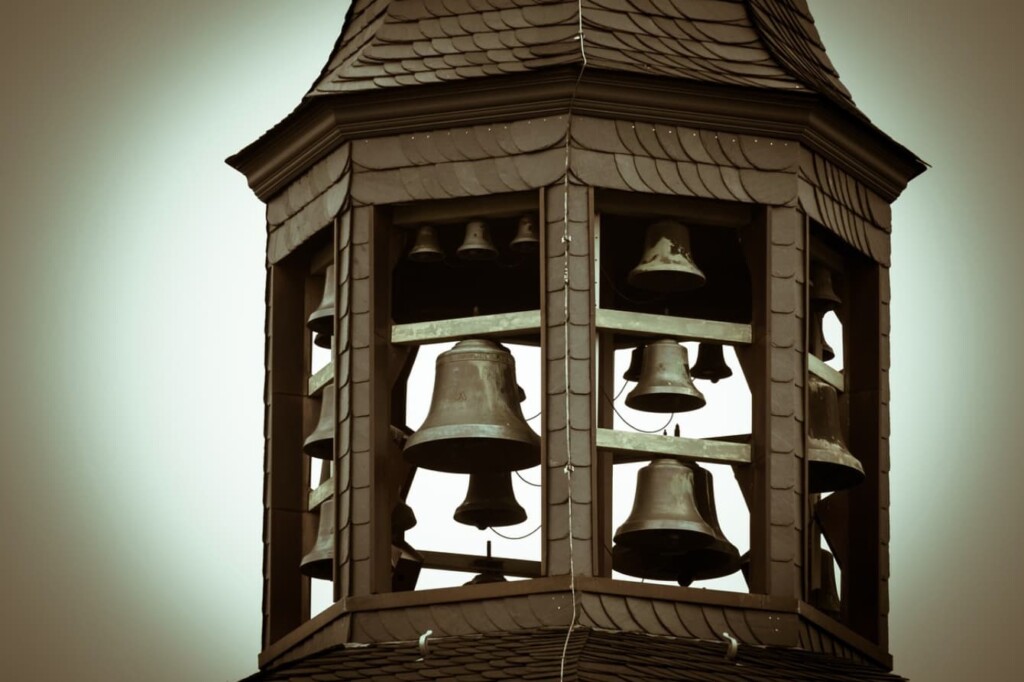
The Renaissance era, characterized by humanism and individuality, resulting from the decline of religious domination
How did secular and religious music, which emerged from religious domination, develop during the Renaissance?
In contrast to the Middle Ages, which was ruled by Christianity, the Renaissance was a period of freedom for individuality, which had been suppressed by religion. Although liberation was far from the freedom of modern society, the joy of being freed from Christianity must have been great.
The liberation from religious oppression, such as the witch hunts and the Inquisition, in which people suspected of being witches were executed. This social movement was the movement for the revival of literature and the explosion of “humanism” and “individuality” that symbolized the Renaissance.
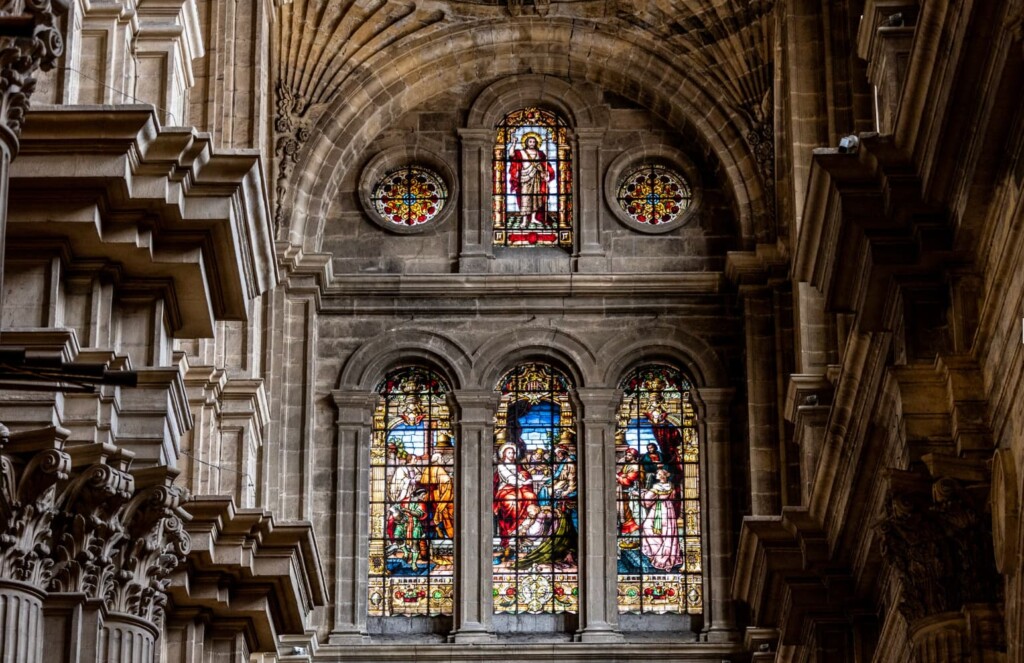
This humanities revival movement was not only a rebellion against church rule, but also brought about a major change in social structure. The “feudal society rooted in rural society” that Christianity had created with the royalty and aristocracy was transformed into an “urban-centered society.
The power relationship of “church/royalty/aristocracy vs. peasants,” which had been based on land ownership and a tribute system, was changed by the growing power of bankers and merchants who expanded their financial resources with the new ideas of the Renaissance.
This was a period of cultural innovation in the fields of art, architecture, music, literature, and religion, especially in Italy, and the emergence of figures such as Leonardo da Vinci, Raphael, and Michelangelo, who produced works that had a great impact.
The corruption of Christianity led to the birth of the Reformation and the Enlightenment, which gave birth to the Protestantism of the Baroque era.
Dichotomy between Religious and Secular Music
The historical background of the Renaissance period evolved in the same way as other cultural innovations, such as the “departure from religious music” and the development of a diversity of secular music.
Rooted in the Christian faith, religious music in the Middle Ages favored polyphonic music (two or three voices) with only flesh voices, without any elements that could be considered showy or vulgar. Dissonance in particular was shunned at the time as the devil’s scale, and while only the perfect intervals of 4th and 5th degrees were utilized, harmony research progressed in England, and harmony in the 3rd and 6th degrees began to be utilized. This harmony, which was a major change in religious music, quickly expanded to the European continent.
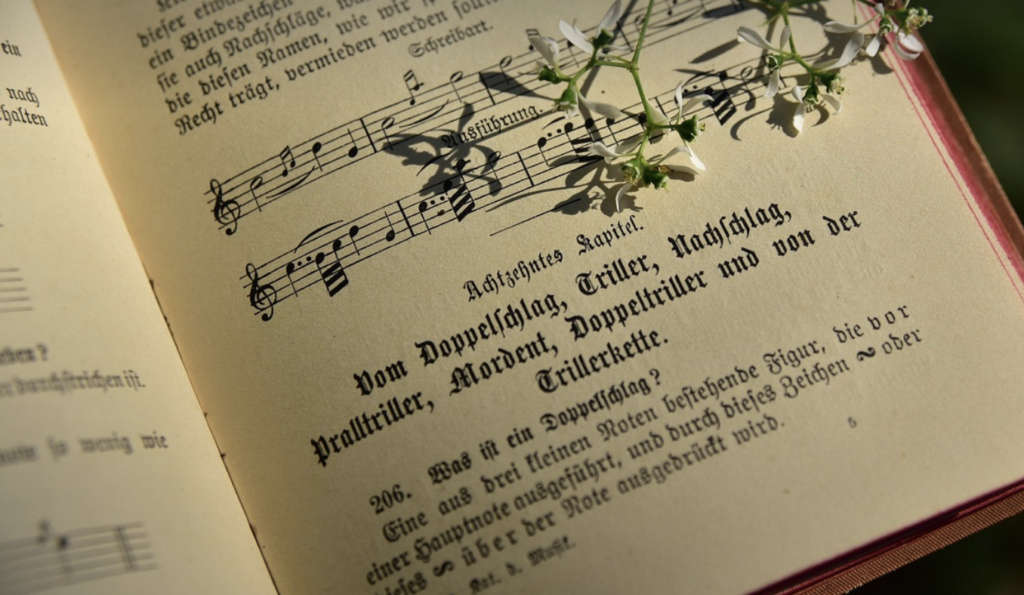
However, the limitations of religious music still existed, and the subject matter of the chants never strayed from religious themes. As the sponsors of music shifted from the church to the wealthy, secular and artistic themes began to be taken up, and the three- to six-part counterpoint choral works, or madrigals, also became popular.
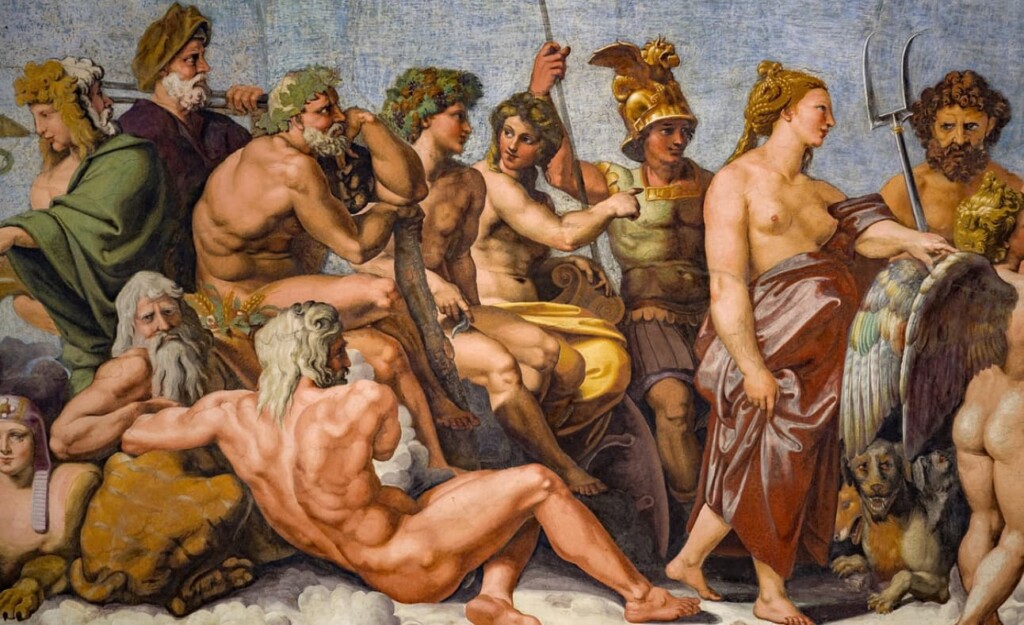
The spread of secular music led to the use of instruments that had been avoided by the church as “tools of the devil” as accompaniment for polyphonic music. In this situation, instruments resembling the human voice were allowed to be used in the church, and lyres, trumpets, and pipe organs began to be used.
Music Boxes Beginning in the Renaissance
It was during this period of artistic and individualistic explosion that the carillon, the keyboard instrument that gave birth to the music box, was born. The carillon is an instrument in which many tuned bronze bells are installed and played on a keyboard.
The carillon’s automatic playing mechanism is linked to a mechanical clock. A stake driven into the surface of the playing drum connected to the clock hooks onto a playing lever, causing the hammers to ring the bells.
The mechanical clock part is replaced by a spring, the bell by a comb diaphragm, and the stake by a pin, and the current cylinder music box is a miniaturized version.
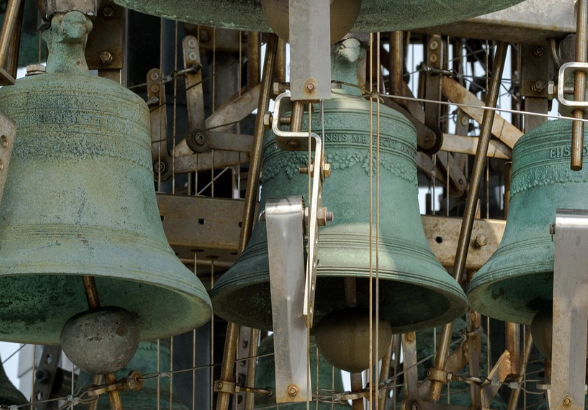
In those days, they were used to tell the time. Also, because of need to install many bells, they were placed in a large clock tower building, and the tower itself was the musical instrument.
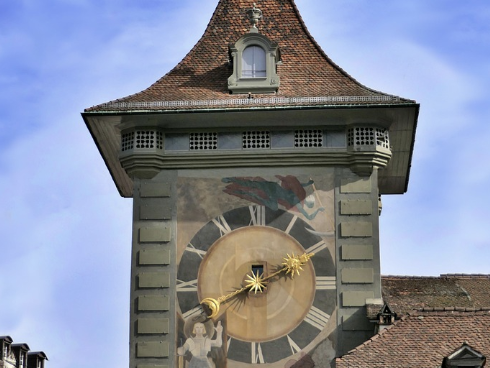
The carillon was incorporated into churches and public buildings, and given the timing of its release from religious domination, the sound of the carillon bells would have sounded liberating.

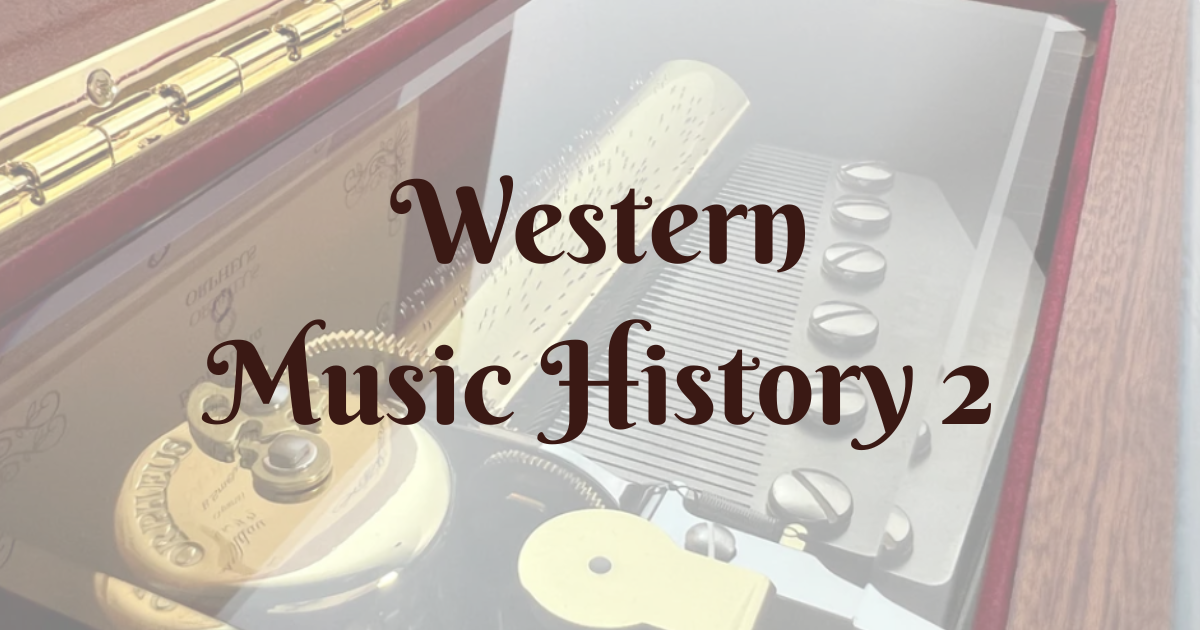
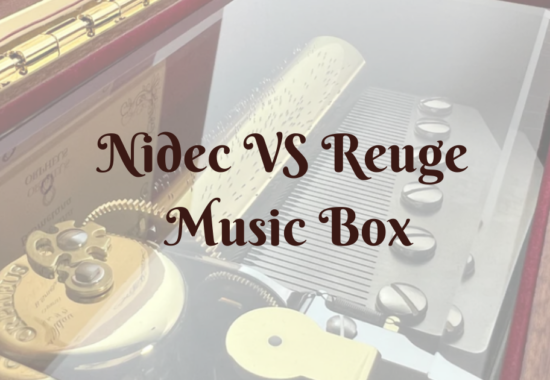
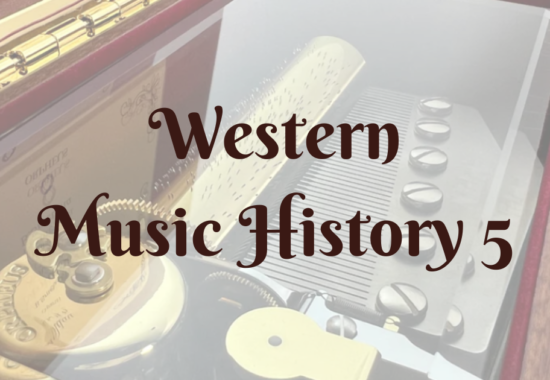
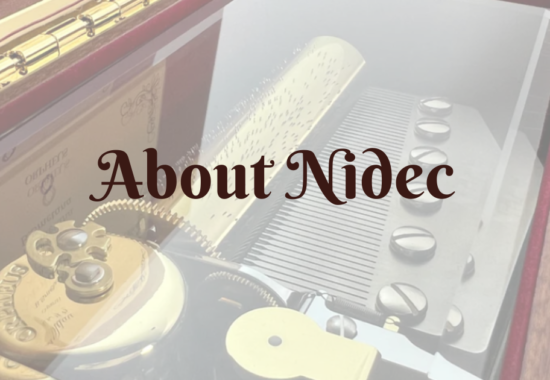
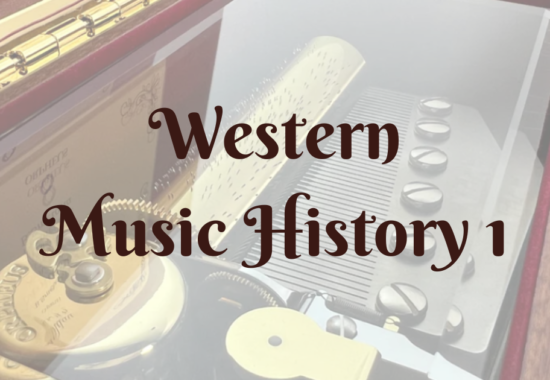
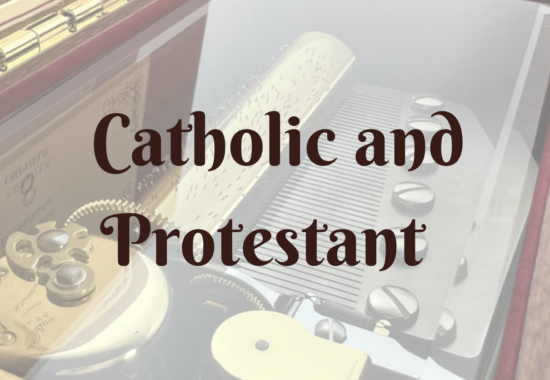
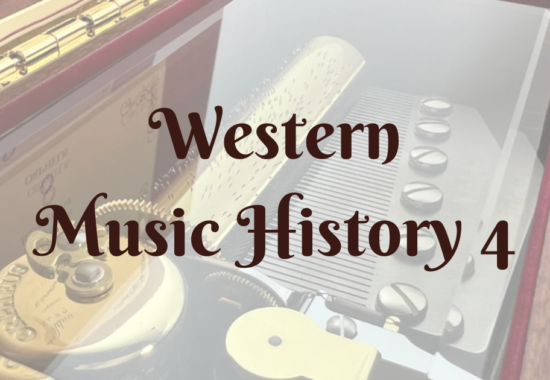
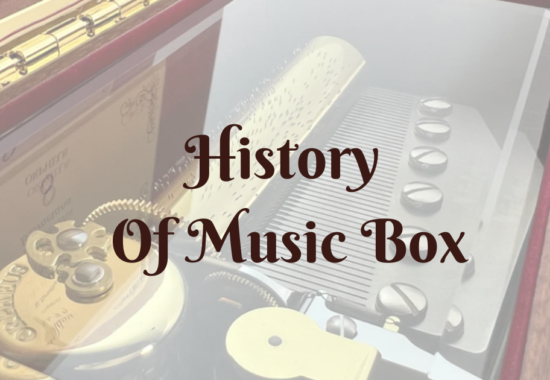
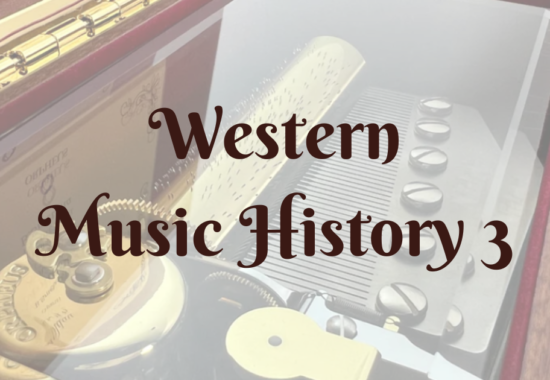
この記事へのコメントはありません。